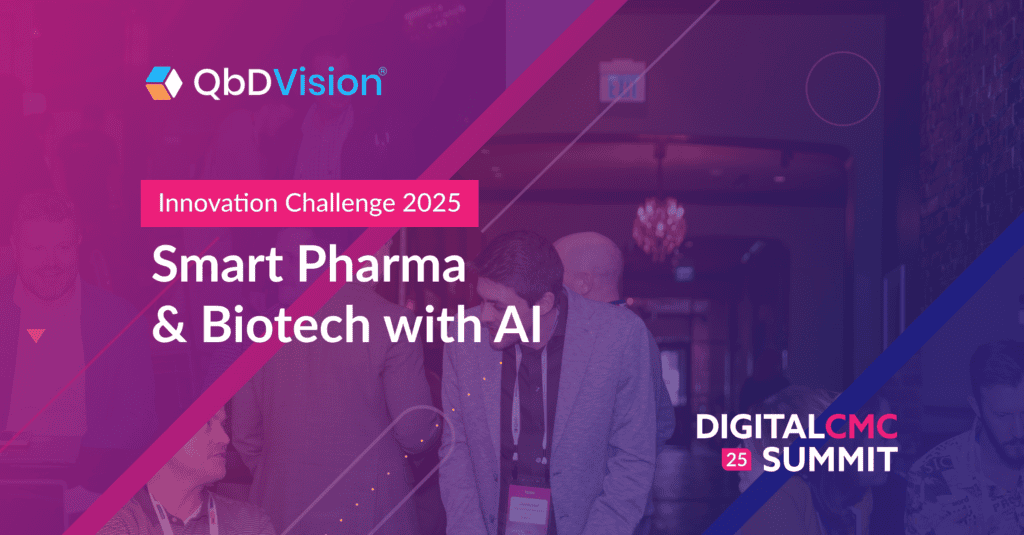At CherryCircle Software (CCS), we believe there needs to be a public conversation about the urgent need for knowledge-based, digital transformation for manufacturing process development and overall product lifecycle management in the pharma/biotech industries.
The Knowledge Management Lab represents an effort to promote thought leadership in this space and facilitate discussion and experimentation with best practices and novel tools as the industry looks to accelerate product development, manufacturing scale-up, and technology transfer.
Why a Knowledge Management Lab?
The pharmaceutical and biotechnology industries find themselves at a crossroads today. They are developing exquisite innovations to treat the most complex diseases, while continuing to use antiquated approaches and technologies to manage the development of the manufacturing processes for these therapies. The costs and development time continues to climb each year while the rates of success decline. The growing complexity of manufacturing these new therapies will only exacerbate these issues unless the industry embraces more efficient paradigms of process development and manufacturing, as other industries have.
We want to go beyond the myriad discussions that repeatedly focus on the “what” and the “why” of knowledge management and dive deep into the “how”. Without a sincere evaluation of how knowledge management can be implemented and used to effectively drive product lifecycle management, the discussions are only thought experiments lacking a call to action.
Driving Best Practices
The structured, requirements-based approach to knowledge management presents significant opportunities to vertically integrate information in ways not previously possible with a document-based system.
Stage 1 of this framework starts with the requirements-based structure where patient, product, and process requirements can all be defined and tracked individually.
Stage 2 of vertical integration brings the tools of quality risk management (QRM) as described in ICH Q9 and Q10, into the framework. With QRM integration, each requirement can be separately assessed for risk. Furthermore, process requirements can be digitally linked to product requirements, and product requirements can be linked back to patient safety/efficacy attributes, creating risk-based traceability as recommended throughout ICH Q8 – Q10.
Stage 3 integrates raw material and manufacturing data into the multidimensional data set. This data can be analyzed to identify trends and assess process capabilities. The integration of process data drives a key feedback loop enabling a consistent focus on those areas which need the greatest attention.
Stage 4 folds in the tangible assets of production, specifically raw materials, components, and equipment. Visibility into these dimensions is often limited and not easily accessible. By tracking these assets with respect to qualification and performance and how they link to suppliers and supplier risk, a comprehensive view of the entire production process comes into focus (ICH Q10).
Stage 5 uses all of the other stages to justify the control strategies identified for the validated process. With the strong, foundational knowledge base represented by Stages 1-4, it becomes easier to define a robust control strategy and defend that strategy going forward. This knowledge base also simplifies the impact assessment of changes to the process post-approval.

In future Knowledge Management Labs, we will continue to explore in more detail how vertically-integrated knowledge management supports the agile development journey for pharma/biotech R&D.



























































